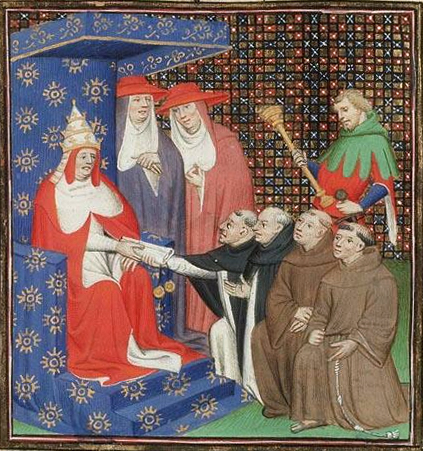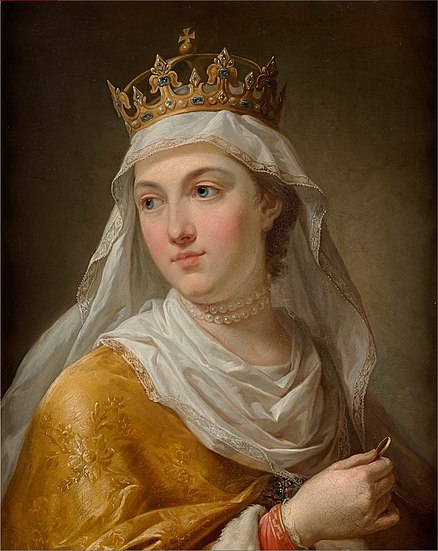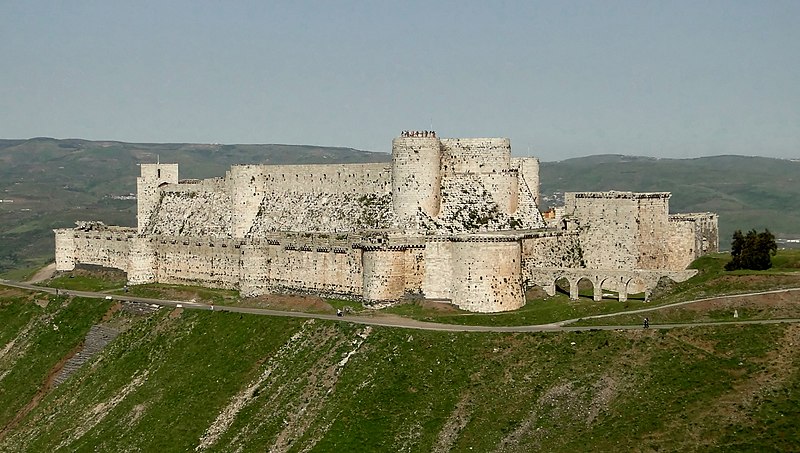
If there's one thing the British Empire was good at, it was invading countries - and they had lots of practice. In fact, the significant majority of the world has been invaded by British forces at some point or another, with only a few scattered areas including the Marshall Islands, Monaco, Burundi and Paraguay remaining before Britain collects them all.
In the late 1830's, Britain was worried that the new ruler of Afghanistan might be getting a bit too friendly with the Russian Empire and decided to fix it. By invading, of course. Initially, things went quite well. Dost Mohammad Khan was deposed and exiled to India, the old, pro-British ruler Shah Shujah was restored, and the British set up camp just outside Kabul. Although the area seemed peaceful on the surface, the son of the former ruler, Akbar Khan, was out gathering support from the rural tribes, who preferred his father to Shah Shujah.
In 1842, things turned ugly. The low-level guerrilla warfare in the distant areas transformed into open revolt in Kabul. In early November, an angry mob stormed the residence of one of the British officers, and murdered him and his staff. A few days later, they looted a supply fort. The man in charge of British forces in the area, Sir William Elphinstone, took little action, apparently hoping this would all blow over.
It didn't. By late November, the Afghans had set up gun positions on the hill above the British position and began bombardment. With winter closing in, and no reinforcements on the way, the British soon realized they would have to negotiate a safe retreat. Akbar Khan, using the Brits' greatest weakness against them, invited some of the officers to tea to discuss a peaceful solution. As soon as they stepped off their horses, the British delegation was killed.
Elphinstone, again, decided to let that slide. In early January, he agreed to Akbar Khan's terms of surrendering the British gunpowder and many of their weapons in exchange for a guarantee of safe passage. As one might expect given the story thus far, as soon as the 16,500 troops and other personnel got on their way, the Afghans opened fire and pursued. Akbar Khan was still rather angry about the whole "invaded and deposed by father" situation, it turned out.
The next day, Elphinstone met with Akbar Khan again, who explained that the British had left sooner than expected, and he had not had time to negotiate their safe passage with the tribesmen. Elphinstone, being the most gullible man in history, agreed to wait. Again, they were betrayed, and Akbar used the time to set up additional ambushes in the mountain passes ahead. Akbar Khan was not only still angry, but also a bit of a jerk.
By the fourth day, well over 3,000 people had been killed. As the journey continued, many attempted to turn back under promises of protection from Akbar. I'm sure we can all guess how that turned out. Ultimately, out of the 16,500 people who set out from Kabul, only a single man, William Brydon made it back to Jalalabad. When asked where the army was, he is reported to have replied, "I am the army". In any other context, that answer would have been incredibly badass.












